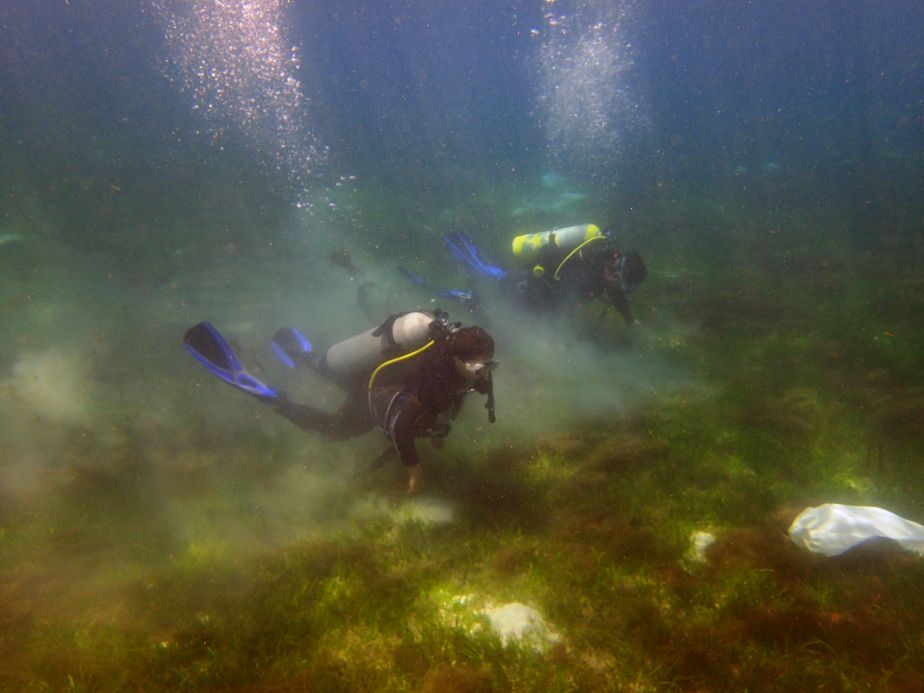Media Releases
Better protection for crucial seagrass meadows

James Cook University researchers have helped develop a unique scientific model to better protect seagrasses, which are crucial habitats for fish, dugongs and turtles.
Dr Michael Rasheed, Principal Research Scientist at JCU’s Centre for Tropical Water and Aquatic Ecosystem Research (TropWATER) said seagrass, corals and mangroves are all in trouble globally.
“This is at least in part due to stressors associated with water quality, including light reduction, exposure to toxins, and smothering by sediments,” he said.
“Seagrasses are vital habitats for fisheries, provide food for green turtles and dugongs, and have a major role in capturing and storing carbon in the marine environment, helping to buffer the effects of climate change.”
“So, coming up with globally applicable management tools to help protect them is a great step forward.”
The team, made up of researchers from six institutions, studied 28 seagrass meadows around the world.
Lead researcher, Queensland University of Technology's Dr Paul Wu, said they developed a unique model that brings together data on seagrass and the surrounding environment to predict how a seagrass meadow would cope with dredging.
He said this provided a way of predicting the best time to dredge in order to give seagrass the best and quickest chance of recovery.
“Our model can provide up to a fourfold reduction in recovery time, and up to a 35 per cent reduction in local extinction risk for seagrass species,” said Dr Wu.
“If the seagrass can come back more quickly, or we can minimise the impact, that will also help everything that depends on it.”
Dr Rasheed said they found the resilience of meadows depends most on the life history of the seagrass genus and the duration and timing of the impacting stress.
“Global trends indicate favourable windows in autumn and winter where dredging causes the least problems,” he said.
“Ideally, impact assessments of dredging campaigns do still need to be customised for specific meadows at specific periods in time and incorporate uncertainty associated with forecasted future conditions.”
Dr Rasheed said the model provided a way to capture that uncertainty and still provide useful directions for management.
The workings of the DBN model have been published in the prestigious Nature Communications Journal.
Images here.
Dr Michael Rasheed
P: 07 42322010
E: michael.rasheed@jcu.edu.au
W: https://research.jcu.edu.au/portfolio/michael.rasheed/
Media contacts:
Debra Nowland, QUT Media, +61 7 3138 1150 (Mon/Wed/Thurs) or media@qut.edu.au
After hours: Rose Trapnell, 0407 585 901
Tim Macuga, Communications & Media Officer, ARC Centre of Excellence for Mathematical & Statistical Frontiers (ACEMS)
PH: +61 7 31386741 Email: Timothy.Macuga@qut.edu.au
Mobile: 0478 571 226Ben Jones, Corporate Communications Officer, Edith Cowan University, PH: +61 8 6304 238